SOURCE: IDRW.ORG TEAM
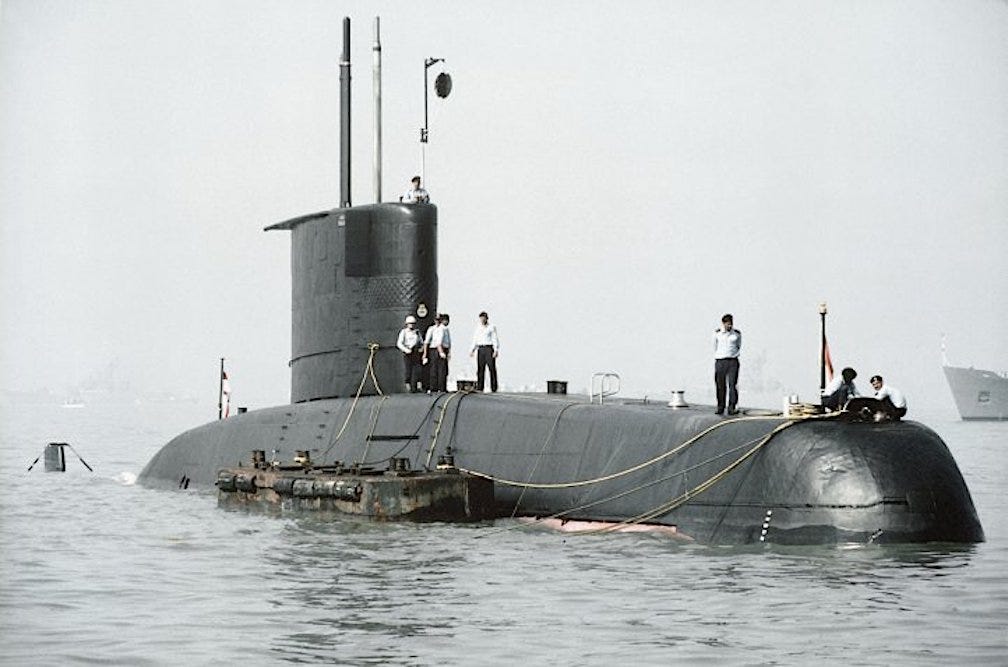
The Indian Navy is set to enhance its submarine fleet with the completion of the Medium Refit with Life Certification (MRLC) for the Sub-Surface Killer (SSK) class submarine, INS Shishumar. Sanjeev Singhal, the Director of Finance at Mazagon Dock Shipbuilders Limited (MDL), recently confirmed that the retrofitting process for INS Shishumar is expected to conclude by the end of this year.
INS Shishumar, the first submarine in its class, has been a stalwart in the Indian Navy since its induction. Built by MDL in 1992, it continues to serve the nation more than 25 years later. The MRLC process aims to not only extend the submarine’s operational life but also equip it with a modernized weapon suite.
Continue readingSOURCE: RAUNAK KUNDE / NEWS BEAT / IDRW.ORG
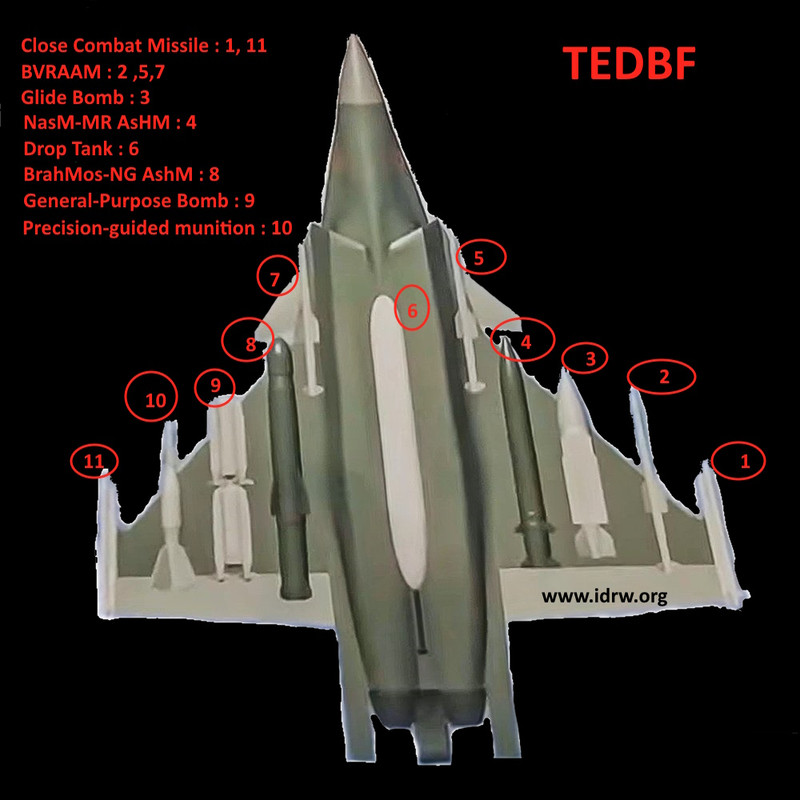
The Defense Research and Development Organization (DRDO) has provided further insights into the features of the upcoming Twin Engine Deck Based Fighter (TEDBF) program, emphasizing its Manned-Unmanned Teaming (MUM-T) capabilities. This 26-ton deck-based fighter, often referred to as a 5th Minus Generation category aircraft, is set to replace the Russian Mig-29K fighter jets on Indian aircraft carriers.
Manned-unmanned teaming is a revolutionary concept in military aviation, involving the integration of unmanned autonomous systems into mission planning. The primary objective is to expand mission parameters and tactical capabilities while minimizing risks to human and technological assets, especially in uncertain or hostile environments.
Continue readingSOURCE: RAUNAK KUNDE / NEWS BEAT / IDRW.ORG
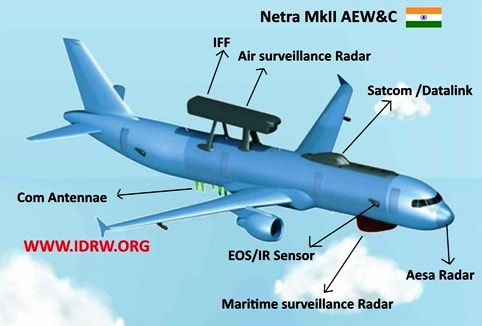
The Defence Research and Development Organisation (DRDO) is set to receive the first AESA-based Primary Radar (PR) with long-range for the AEW&C MK-II Program by mid-2024. DRDO will soon commence integration work on the Six Airbus A-321 aircraft that were acquired from Air India before it was sold to Tata Group.
AEW&C MK-II is designed to provide Long Endurance and enhanced Coverage of operation. It will be capable of searching, Detecting, Tracking, Identifying, integrating sensor Data, and communicating air Situation Pictures to Ground and Air Stations. It will also have a Self Protection Suite (SPS) with a Missile Approach and Warning System, Radar Warning Receiver & Counter Measures Dispensing System.
Continue readingSOURCE: RAUNAK KUNDE / NEWS BEAT / IDRW.ORG
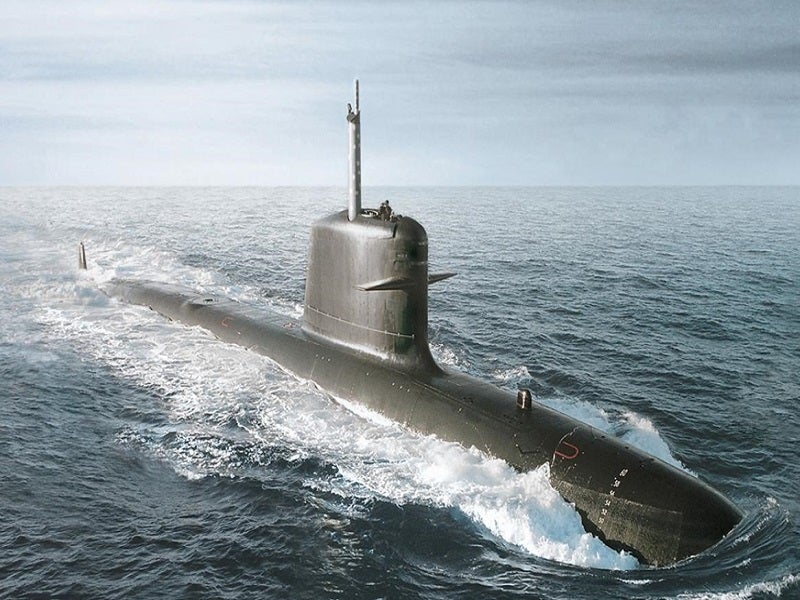
Mazagon Dock Shipbuilders Limited (MDL) is set to submit a price bid next month for the construction of three follow-up Kalvari class submarines equipped with an indigenously developed Air Independent Propulsion (AIP) system. This advanced propulsion system is expected to significantly enhance the underwater endurance of the submarines.
The Indian Navy has already issued a letter of intent (LOI) to MDL for the procurement of these three submarines. The LOI also calls for increased indigenization of critical components and the replacement of obsolete systems. The estimated cost of each submarine with the AIP system is around $1.2 billion, bringing the total value of the project to approximately $3.5 billion.
Continue readingSOURCE: IDRW.ORG TEAM
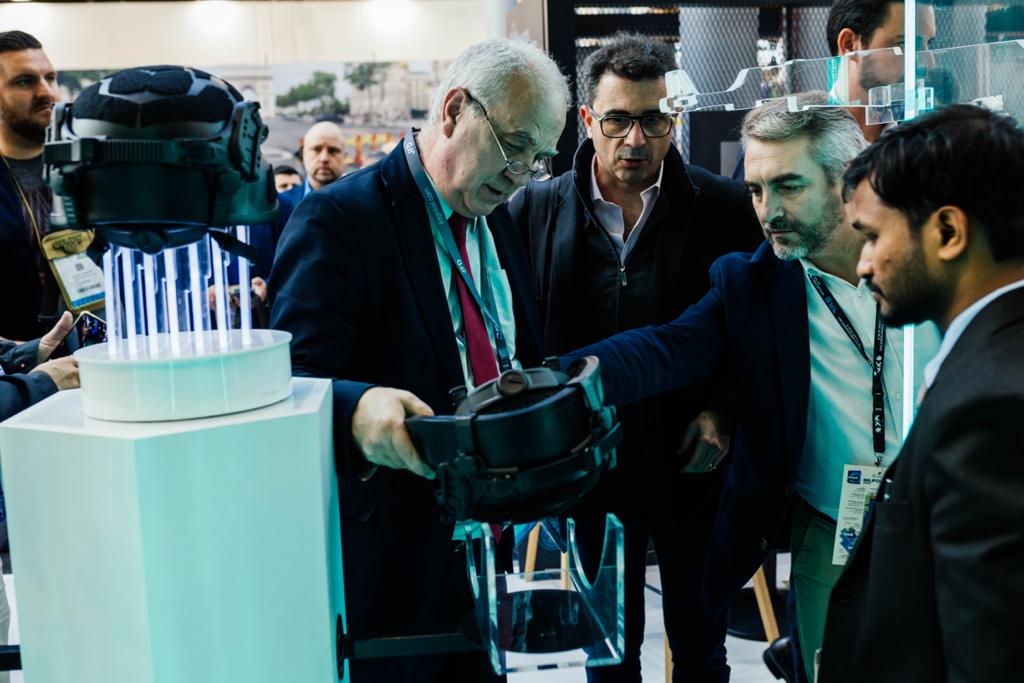
Kanpur-based MKU Limited has recently introduced the Kavro Doma 360, a groundbreaking rifle-rated ballistic helmet that has swiftly captured attention for its promise of unparalleled protection against formidable firepower, particularly from rifles like the AK-47.
Let’s delve into the key features that make the Kavro Doma 360 a standout innovation in the realm of protective headgear:
Continue readingSOURCE: RAUNAK KUNDE / NEWS BEAT / IDRW.ORG

In a move signalling deepening defence ties, the United States has extended its expertise in manpower to support India’s Advanced Medium Combat Aircraft (AMCA) program. The collaboration, rooted in shared concerns over China’s expanding influence in the Indo-Pacific, aims to bolster India’s indigenous capabilities in the defence sector and foster long-term cooperation beyond its traditional defence partnership with Russia.
The collaborative effort spans various technological domains, with joint initiatives announced in jet engine production, semiconductors, and space technology. This strategic partnership not only addresses India’s aspirations to develop a self-sufficient defence industry but also aims to enhance technological competence across diverse sectors.
Continue readingSOURCE: RAUNAK KUNDE / NEWS BEAT / IDRW.ORG
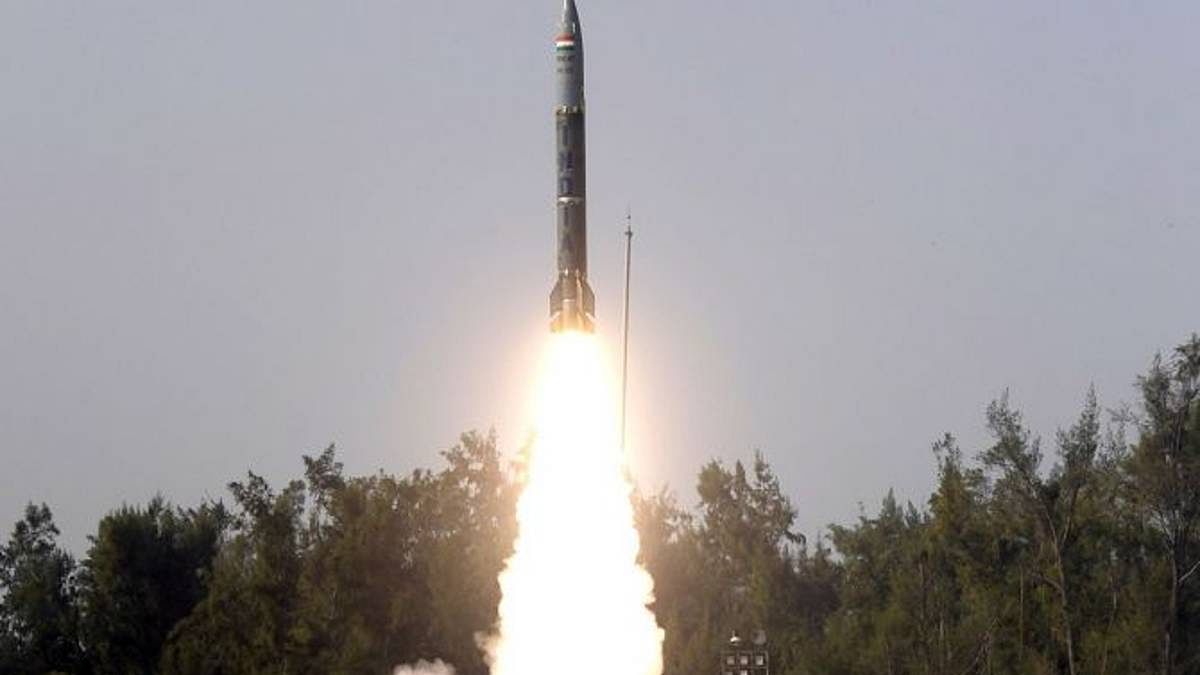
In the face of ongoing military tensions with China, India is steadily progressing towards the establishment of an Integrated Rocket Force (IRF), a strategic move to bolster its defence capabilities. At the forefront of this development is the introduction of “Pralay,” a quasi-ballistic surface-to-surface missile boasting a formidable range of 500 kilometres. While Pralay takes the lead as the first tactical missile to be inducted into the IRF, it is only the beginning of a broader missile system overhaul.
The Defense Research and Development Organization (DRDO) is actively engaged in the development of an advanced missile, designed to avoid interceptor missiles effectively. This new tactical missile is set to revolutionize India’s defence capabilities with its unique features. One of the standout attributes is its ability to alter its trajectory midair after covering a specified range, enhancing its evasive capabilities.
Continue readingSOURCE: RAUNAK KUNDE / NEWS BEAT / IDRW.ORG

The Indian Air Force (IAF) had given a lukewarm response to the developers of the Twin-Engine Deck Based Fighter (TEDBF) when they mooted a proposal to develop an Air Force variant of the jet called OCRA in late 2021. The IAF is instead showing more support to the 5th-generation AMCA program since it also will be a 25-ton fighter jet.
The TEDBF concept was first showcased at Aero India 2021. The jet is designed to operate from the Indian Navy’s Short Take-off But Arrested Recovery (STOBAR) aircraft carriers, INS Vikramaditya and Indigenous Aircraft Carrier 1 (IAC 1). The TEDBF features twin engines for better short take-off performance.
Continue readingSOURCE: IDRW.ORG TEAM
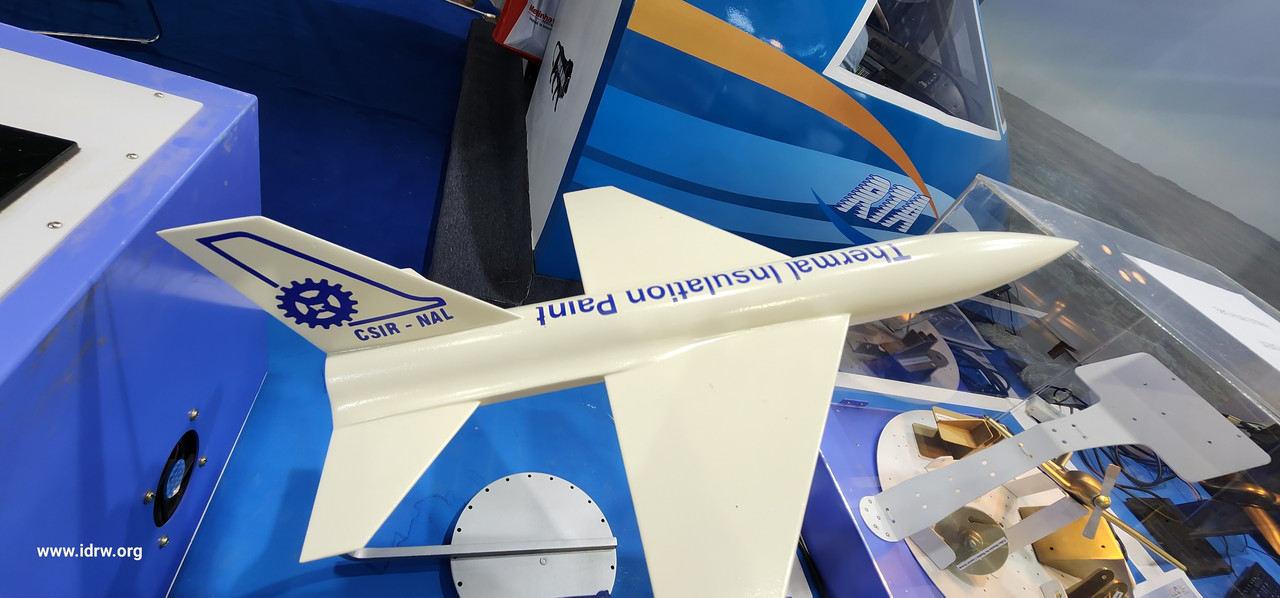
In a significant technological advancement, the Defence Research and Development Organization’s (DRDO) Defence Laboratory in Jodhpur has successfully developed a Radar Absorbing Paint designed to be applied on its own fighter aircraft and various platforms. This groundbreaking innovation aims to reduce the radar signature of these aircraft, enhancing their stealth capabilities and minimizing the detection capability of enemy radars.
The Radar Absorbing Paint developed by DRDO’s Defence Laboratory represents a pioneering solution in the realm of stealth technology. The primary objective of this paint is to mitigate the radar signature of fighter aircraft and other platforms, thereby making them less susceptible to detection by enemy radar systems.
Continue readingSOURCE: IDRW.ORG TEAM

The Gas Turbine Research Establishment (GTRE), a division of the Defense Research and Development Organization (DRDO), has taken a significant step towards enhancing indigenous defense capabilities. GTRE has issued an Expression of Interest (EOI) to select Indian industry partners for the production of the STFE (Small Turbo Fan Engine) expendable engine.
The EOI outlines the production requirements, specifying an approximate quantity of 300 units over a span of 5 years. GTRE aims to collaborate with Indian industries to meet this production demand, contributing to the expansion of the country’s defense manufacturing ecosystem. The production quantity will be strategically distributed among industries identified by GTRE, fostering a collaborative and inclusive approach to defense production.
Continue readingSOURCE: RAUNAK KUNDE / NEWS BEAT / IDRW.ORG
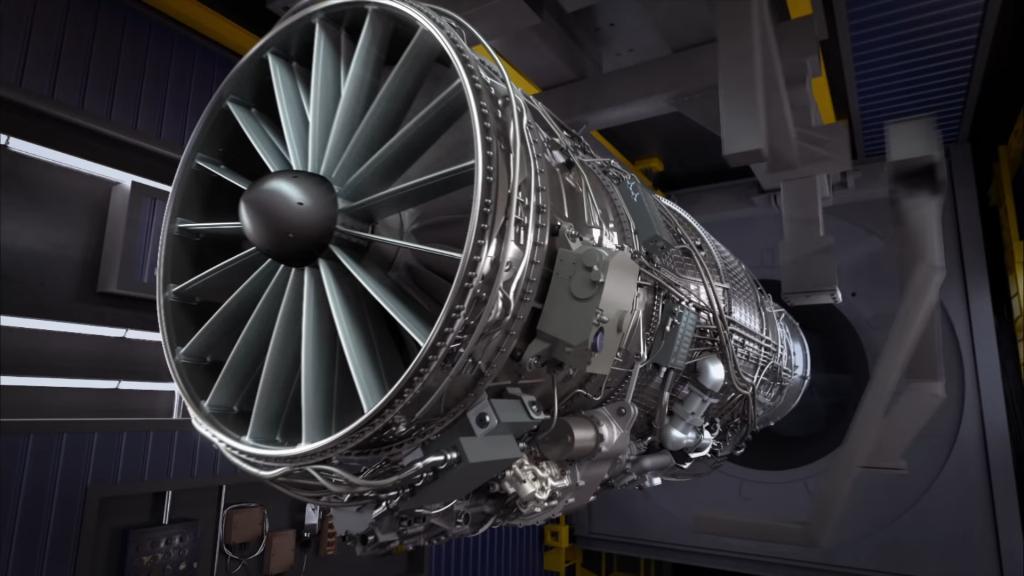
DRDO Chief Samir V Kamat has revealed that the first squadron of the AMCA’s 5th generation, called MkI, will be powered by GE-supplied F-414 engines. However, a later squadron of upgraded AMCA called MkII will feature a new high-thrust weight class engine that will incorporate sixth-generation technology.
To develop this sixth-generation engine, DRDO plans to collaborate with a foreign OEM to reduce development risks and expedite the process, aiming to complete development within 10 years. Kamat stated that DRDO is in discussions with French Safran, British Rolls-Royce, and American GE for this partnership and intends to finalize a deal with one of these companies within the next six months.
Continue readingSOURCE: RAUNAK KUNDE / NEWS BEAT / IDRW.ORG

Chief of Naval Staff Admiral R Hari Kumar recently announced ongoing reviews regarding the potential integration of unmanned surveillance aircraft (UAVs) for carrier operations within the Indian Navy. The announcement came in the wake of the Royal Navy’s successful trial of the largest-ever uncrewed aircraft launched from an aircraft carrier, codenamed ‘Mojave.’
The ‘Mojave’ aircraft, operated remotely by a computer terminal ‘pilot,’ demonstrated its capabilities by taking off from and safely landing on the HMS Prince of Wales during a unique trial off the East Coast of the USA. With dimensions of nine meters in length, a wingspan of 17 meters (six meters wider than an F-35B Lightning stealth fighter), and a weight exceeding 1½ tonnes fully loaded, ‘Mojave’ represents a groundbreaking achievement in uncrewed aerial systems.
Continue readingSOURCE: RAUNAK KUNDE / NEWS BEAT / IDRW.ORG

DRDO chief Dr. Samir V. Kamat has confirmed that the LCA Mark 2 fighter aircraft prototype will be rolled out within a year and developmental flight trials will be completed by the end of 2027. On September 1, 2022, the Cabinet Committee on Security (CCS) cleared ?10,000 crore for Tejas Mark 2, which includes prototype development and flight testing.
The 17.5-tonne single-engine aircraft will take its first flight by the end of 2025. Plans are to complete initial developmental flight trials in two years post which the IAF will take care of the weapons certification process once it enters production from 2029 onwards.
Continue readingSOURCE: IDRW.ORG TEAM

At the recent ‘International Conference and Exhibition on Aerospace and Aviation in 2047’, organized by the Aeronautical Society of India to commemorate its 75th year, a significant milestone was unveiled – India’s indigenous development of submarine-launched cruise missiles. This breakthrough achievement showcases India’s growing prowess in the realm of advanced defense technologies.
The DRDO (Defense Research and Development Organization) has developed two variants of these submarine-launched cruise missiles: the Land Attack Cruise Missile (LACM) and the Anti-Ship Cruise Missile (ASCM). These missiles are designed to provide India’s naval forces with a versatile and potent offensive capability, capable of striking both land and sea targets with precision and stealth.
Continue readingSOURCE: IDRW.ORG TEAM
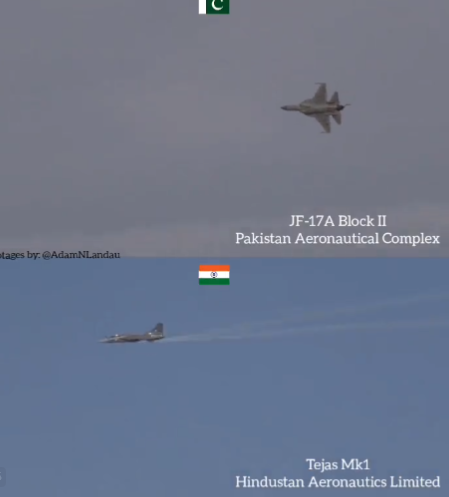
The much-anticipated face-off between the Indian Light Combat Aircraft (LCA) Tejas and the Chinese-developed, Pakistan-operated JF-17 took center stage at the Dubai Airshow, captivating aviation enthusiasts with breathtaking aerial displays. In a rare spectacle, these nimble fighter jets showcased their agility and capabilities, leaving spectators in awe. While the question of superiority remains subjective, the airshow provided a unique opportunity for a back-to-back comparison of the two aircraft.
The Dubai Airshow served as the arena for the first-ever meeting between the LCA Tejas and the JF-17, allowing aviation enthusiasts to witness their aerial prowess in a direct comparison. Both aircraft performed exhilarating displays, demonstrating their agility, speed, and maneuverability.
Continue reading